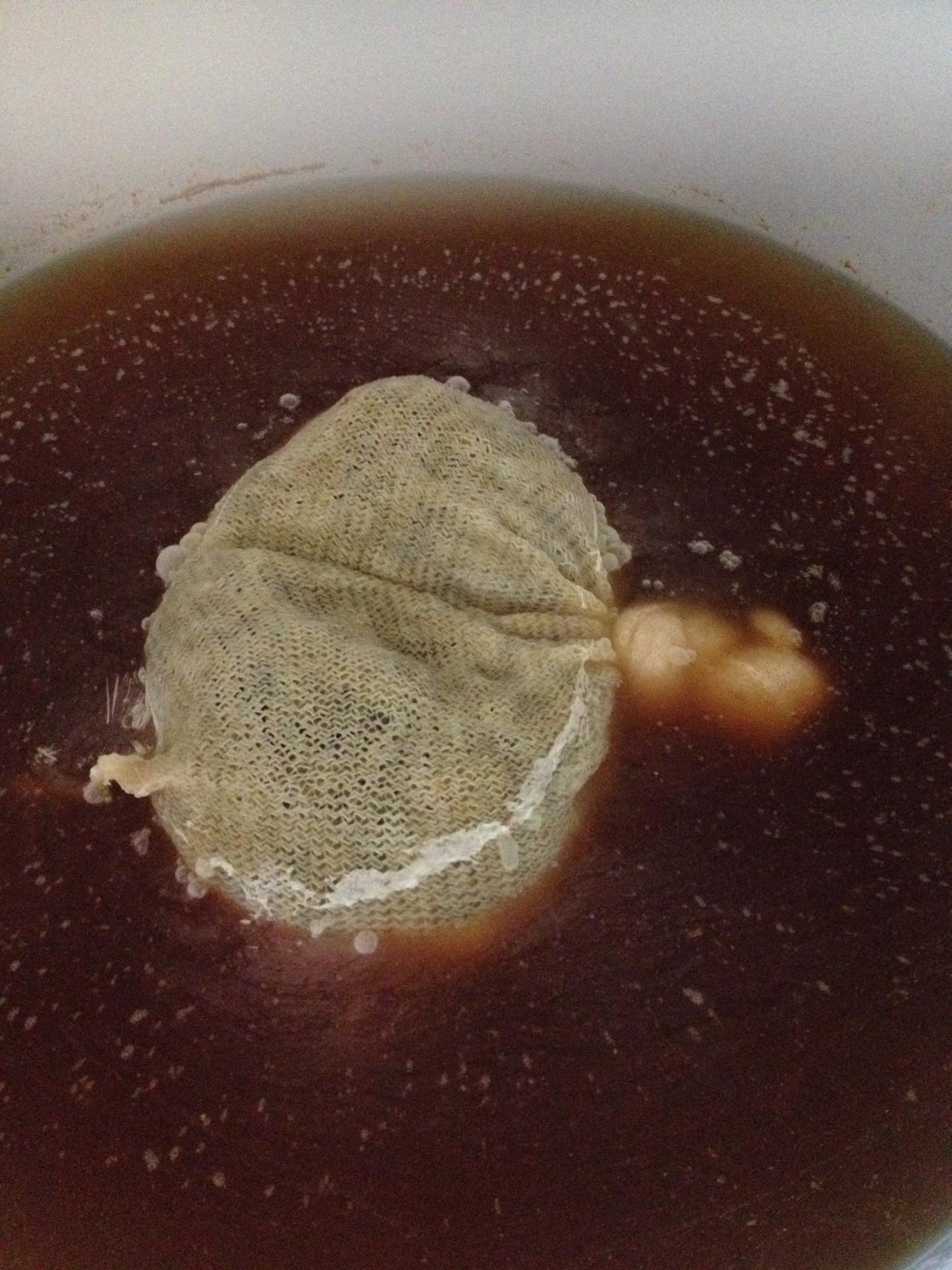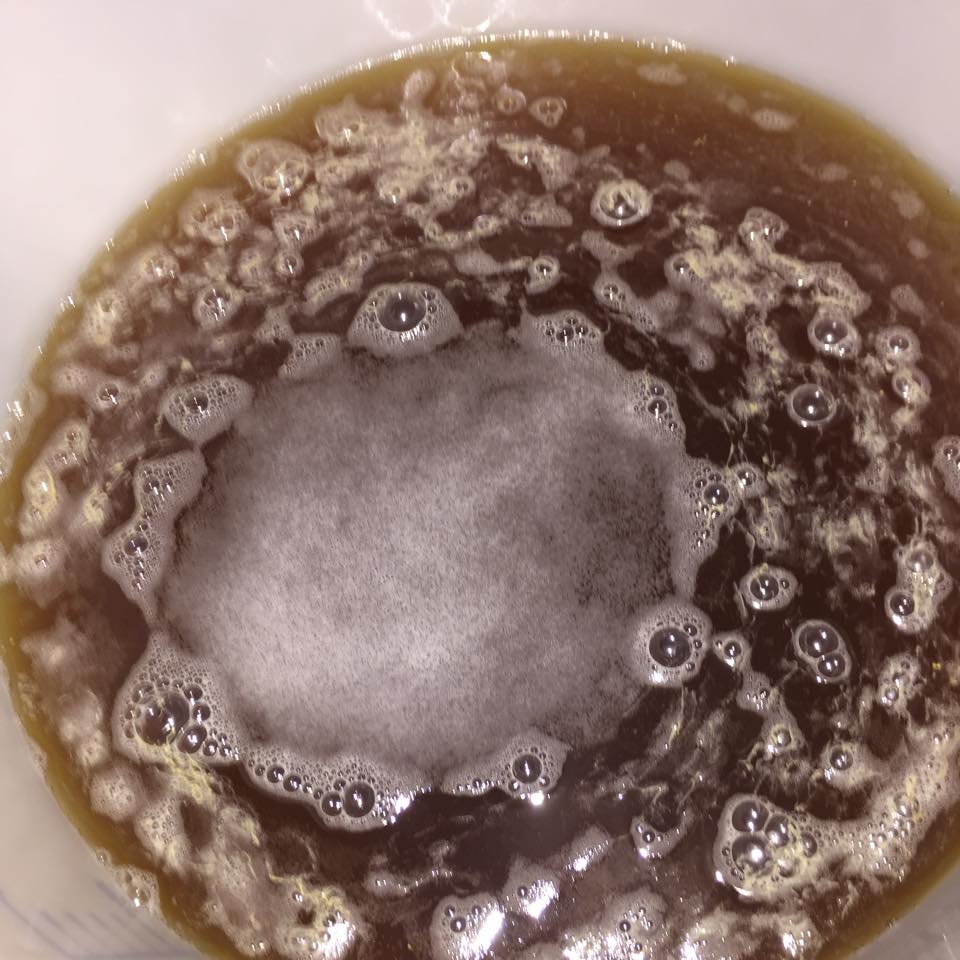Hy guys,
I'm in a bit of a trouble here, where I brew. Not such an active brewer, or poster, so please excuse me for not browsing the entire thread for similar problems (although I have read a lot of posts).
I am brewing (extract) since last summer, until 2 months with no problems. Since the weather got warmer, I had to work "against" the elements, moving my fermentation buckets in my basement (steady 19-20 degrees Celsius).
As I said, while brewing/fermenting above ground, in my apartment, produced no surprises - just good beers - something annoying happened with my last 2 batches.
First one, an ordinary ale, seemed to ferment without bubbling and, by the time fermentation was over a funny smell developed. When I racked it to secondary (I always do this for sedimentation purposes), I realized a pellicle was forming on top of the beer, but the beer smelled/tasted fine. However, after a couple more weeks in the secondary, the pellicle looked really like not belonging there, and the beer started to smell weird and taste even weirder. Here is how it looked, I guess this is nothing that you have not seen so far.
Anyway, being sort of stubborn, I decided to bottle. Big mistake, as I had to throw it all away after a few days and then clean&sanitize all the bottles.
In the meantime, I brewed an AIPA, that I kept in the basement for 3 weeks in the primary. After 3 weeks, I checked the gravity and it looked fine, so I decided to rack to secondary and dry-hop. Unfortunately, after 1 week in secondary, the beer looks like it is getting the same pellicle as the previous one

, like you can see in the picture.
I have absolutely no idea what this might be; I consider bringing a sample to a lab to have it analyzed. However, should I be concerned, due to the basement environment, of an airborne wild fungus/yeast? The place is recently renovated and looks quite crisp, but with all these small creatures you will never know...
Thank you for your time reading this.
Cheers!







